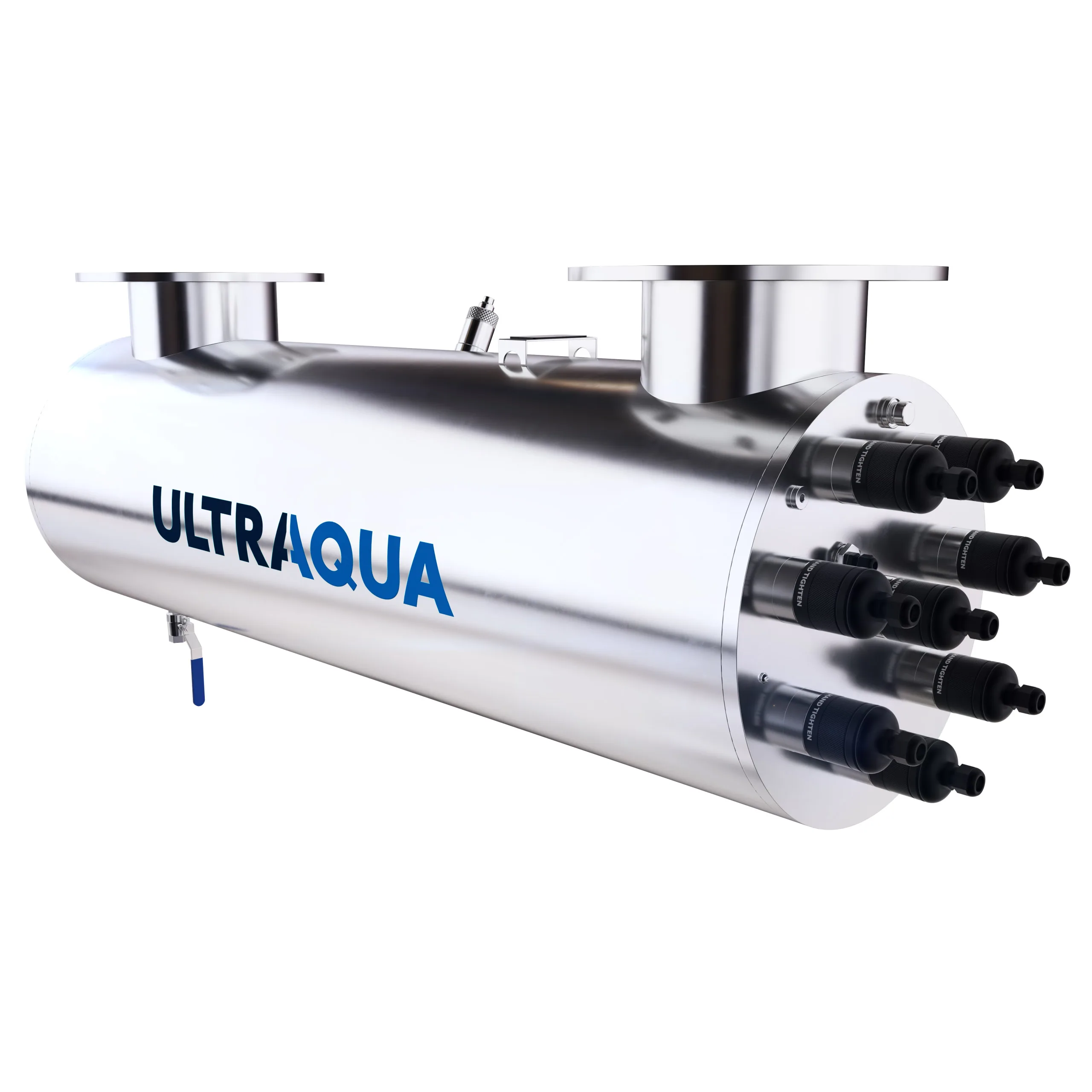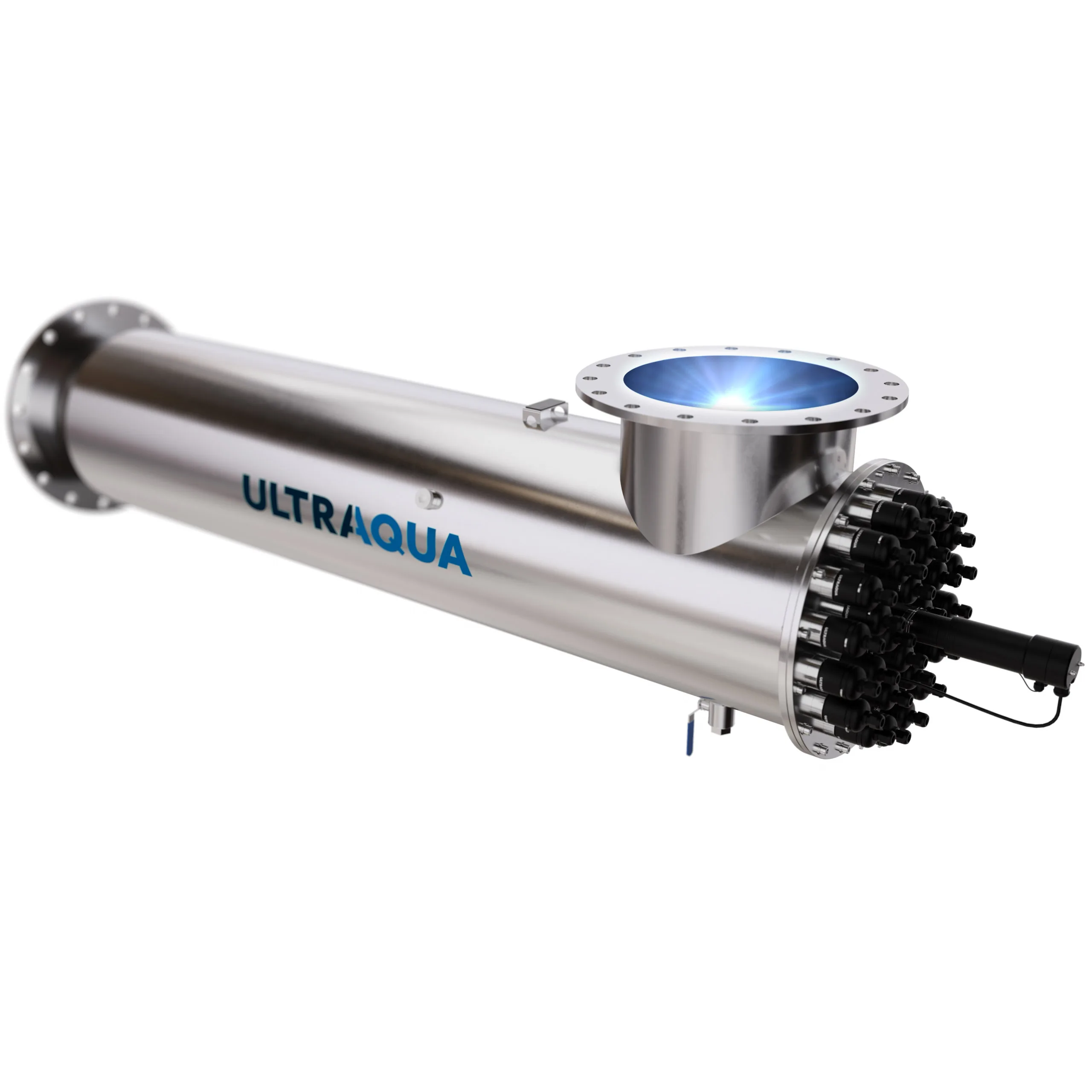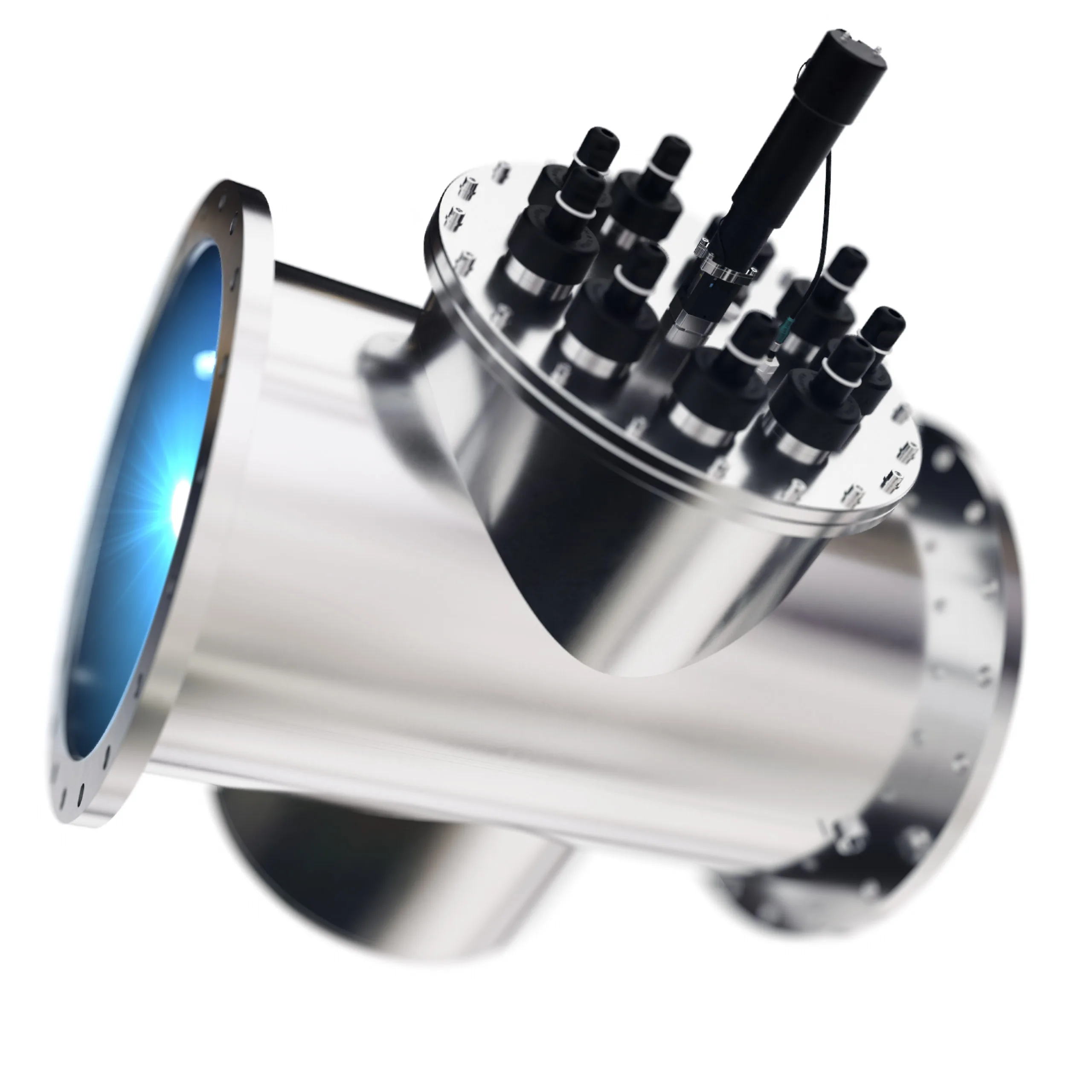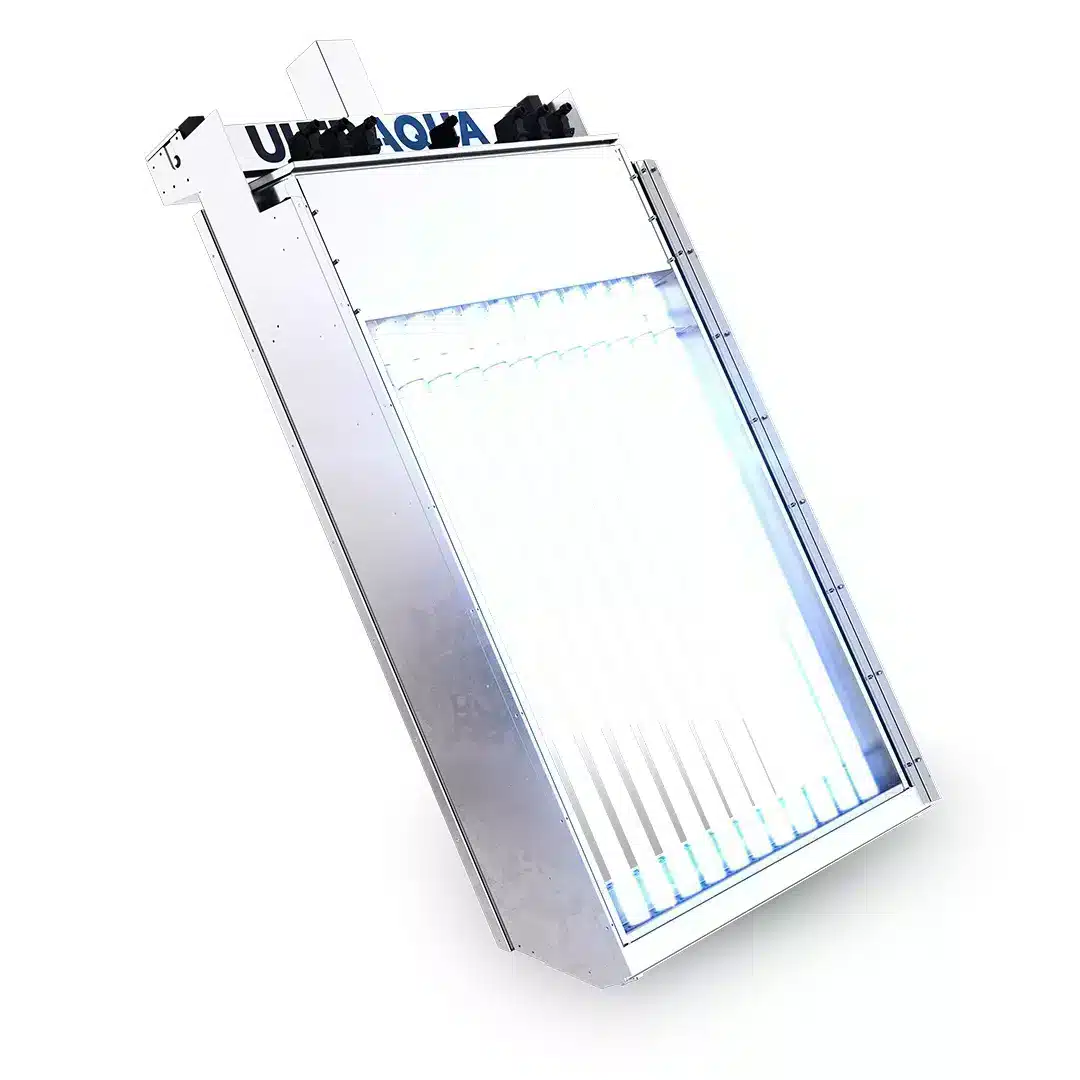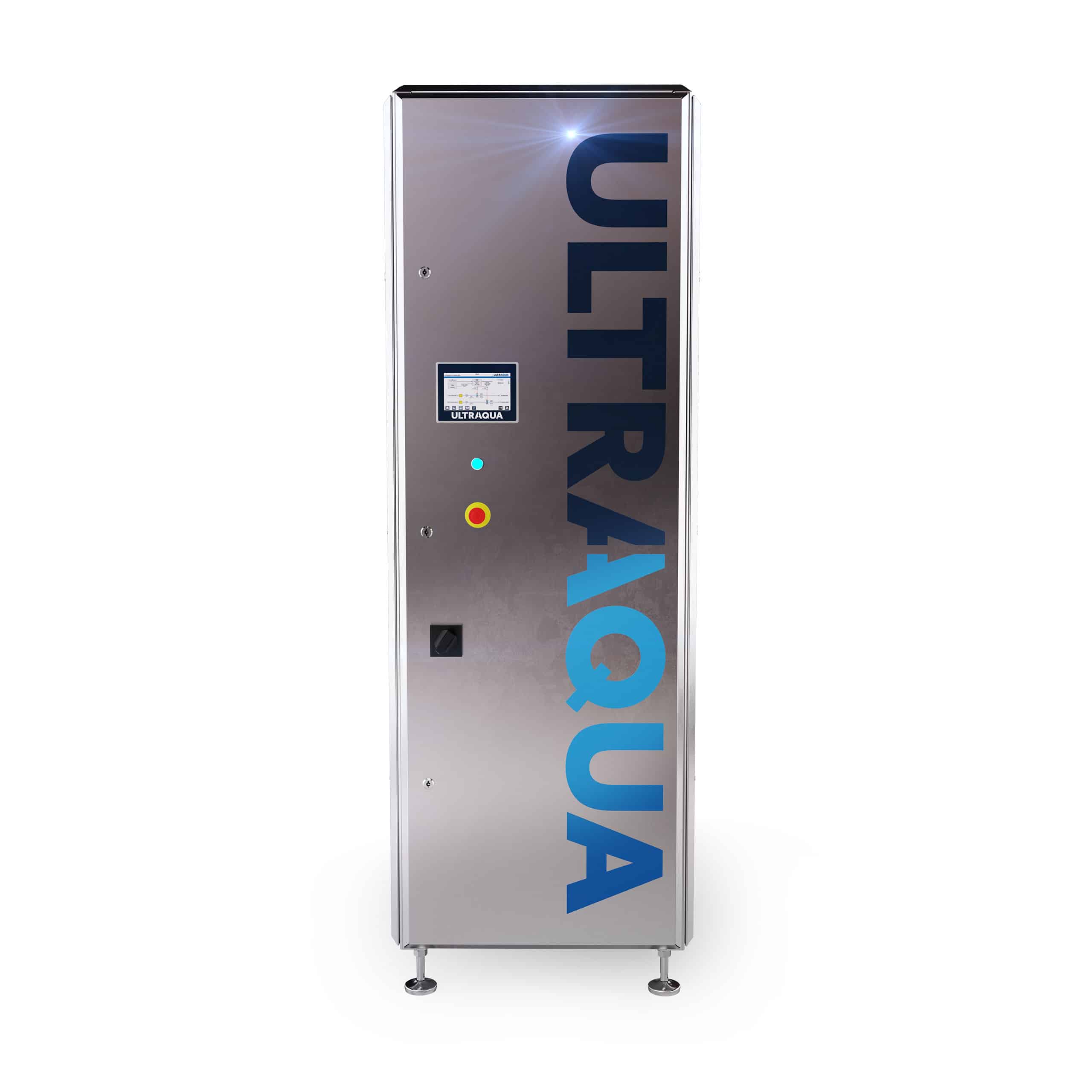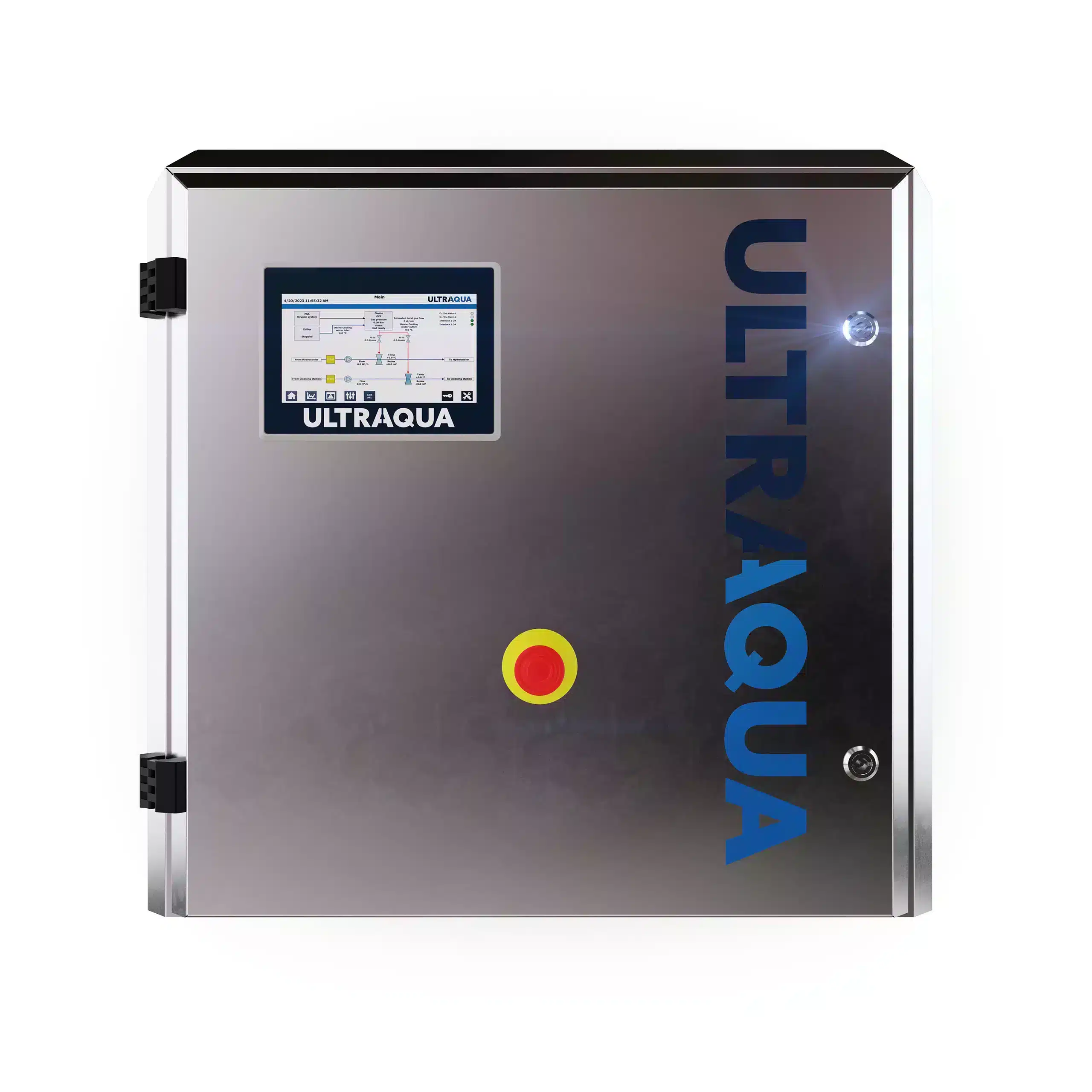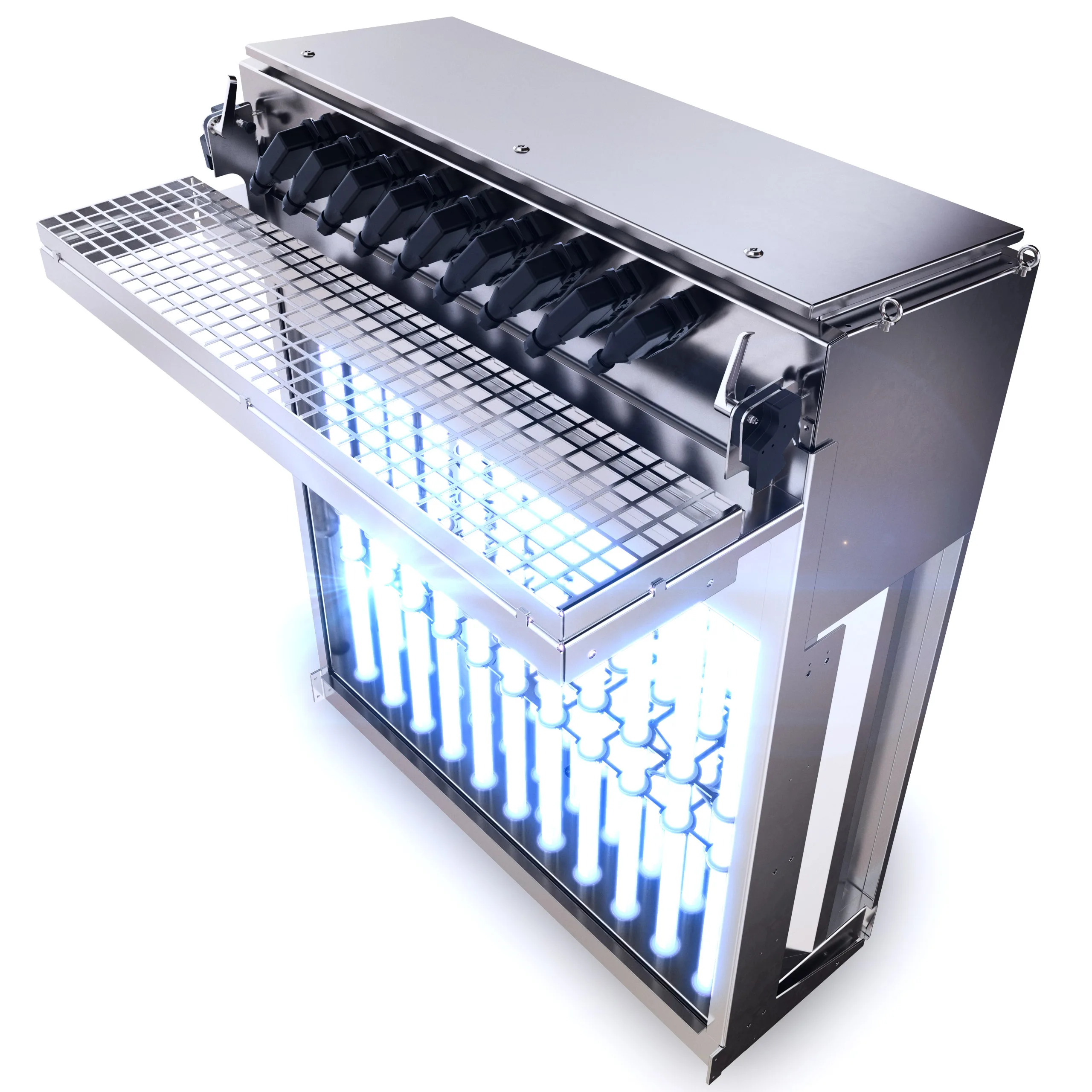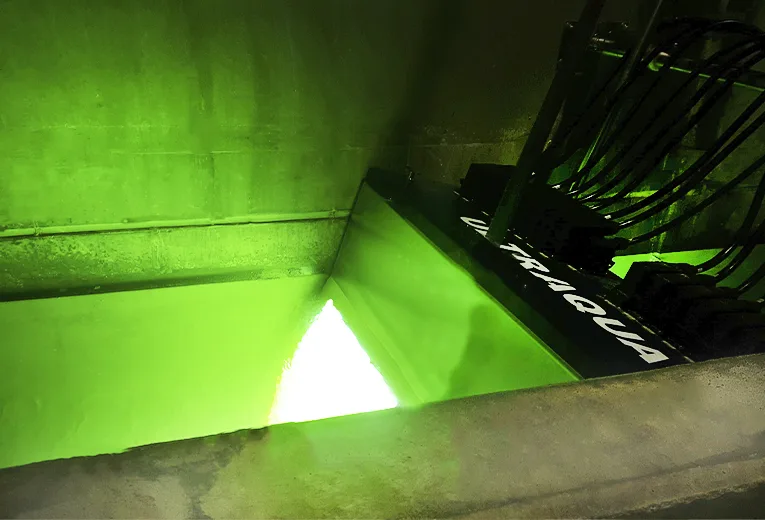
UV DISINFECTION FOR COMBINED SEWER OVERFLOW (CSO)
Combined sewer overflows were designed to prevent piping back up during intense rainfall. This concept was implemented many years ago and it was supposed to be used very rarely and only for extreme emergencies. Today, however, an increasing urbanization has caused the use of CSO to grow, reaching the point where it is posing a large threat to aquatic and human health. This is not only caused through general pollution, but also the “cocktail effect” which occurs once sewage water mixes with street run-offs.
These discharges contain a variety of pollutants that may adversely impact the receiving water body, including pathogenic microorganisms, viruses, cysts, and chemical and floatable materials. With chlorine being the standard solution, it soon proved to be nowhere as efficient since the CSO flow rate is highly variable, has a highly irregular chemical composition, and in many cases, residuals from chlorine are forbidden in the discharge area. With adequate filtration or sedimentation for suspended solids, ultraviolet disinfection can provide an undeniably more robust solution for the challenge, as it does not alter the chemical or physical properties of the water.
Additionally, UV systems are notoriously efficient against all known bacteria and viruses, ensuring that no dangerous pathogens are released back into the environment. It also requires the shortest contact time of all alternatives. ULTRAAQUA UV offers a wide range of closed vessel and open channel solutions to address the CSO challenge. ULTRAAQUA UV systems offer dose pacing technology that allows to adjust the UV lamp intensity and provide energy savings for the utility companies. They are also equipped with automated wiping systems ensuring clean quartz sleeves in low transmittance, particle-filled environments.
UV DISINFECTION SYSTEMS FOR STORMWATER OVERFLOW
FREQUENTLY ASKED QUESTIONS (FAQ)
Find frequently asked questions regarding UV disinfection for this application by clicking on a question below.
Why is UV disinfection beneficial in stormwater overflow management?
UV disinfection can play a pivotal role in managing stormwater overflow as it is capable of neutralizing the pathogens and contaminants that can be present in such scenarios. This is crucial for preventing waterborne diseases and environmental contamination, especially in urban areas where stormwater can mix with sewage.
How does UV benefit the environment in the context of stormwater management?
UV treatment benefits the environment by ensuring that stormwater released into natural water bodies is free from harmful microorganisms. This helps in protecting aquatic ecosystems and maintaining the quality of water bodies.
Is UV disinfection a sustainable option for stormwater management?
UV disinfection is indeed a sustainable option for stormwater management as it does not involve the use of chemicals and has a lower environmental impact compared to other disinfection methods.
How does UV treatment compare to traditional methods for disinfecting stormwater?
UV treatment is more environmentally friendly than traditional methods, such as chlorination, as it does not produce harmful by-products. It is also effective against a broader range of pathogens, including those resistant to chlorine, such as Cryptosporidium and Giardia.
